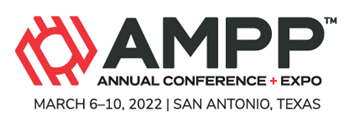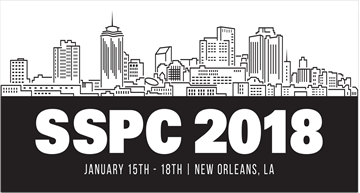Search
Individual Conference Papers
View as
Sort by
Display
per page
Alleviating Stray Current Concerns “Our Infrastructure is Corroding!”
Product Number:
51323-19233-SG
Publication Date:
2023
$20.00
Alloy 182 Models for the Prediction of the Susceptibility to SCC of BMI Nozzle J-welds
Product Number:
ED22-17286-SG
Publication Date:
2022
$20.00
Alloy 29 and Alloy 825 for Chemical Injection Lines
Product Number:
51319-13162-SG
Publication Date:
2019
$20.00
Alloy 35Mo A New versatile PRE 52 Alloy
Product Number:
51319-12901-SG
Publication Date:
2019
$20.00
Alloy A975 Resistant To Severe Sour Environments And To Hydrogen Embrittlement
Product Number:
51321-16814-SG
Publication Date:
2021
$20.00
Alloy UNS N06058: A solution for demanding corrosive applications where common members of the Ni-Cr-Mo alloys experience their limits
Product Number:
51320-14557-SG
Publication Date:
2020
$20.00
Alloy UNS N08827: A New and Advanced Version of Alloy UNS N08825 With Better Corrosion and Hot Cracking Resistance
Product Number:
51321-16398-SG
Publication Date:
2021
$20.00
Alloying Effect Of Mo In Martensitic Stainless Steel On Passive Film In H2S-CO2 Environment
Product Number:
51322-17538-SG
Publication Date:
2022
$20.00
Alphatic Polyurea Speification - The Development of SSPC Paint Specification 39
Product Number:
41205-183-SG
Publication Date:
2005
$20.00
Alphatic Thick Film Coatings - How You Can Habe Your Cake and Eat it Too!!
Product Number:
41206-270-SG
Publication Date:
2006
$20.00
Aluminide Coatings on a Mo-Si-B-Ti-Fe Alloy
Product Number:
51319-13501-SG
Publication Date:
2019
$20.00












